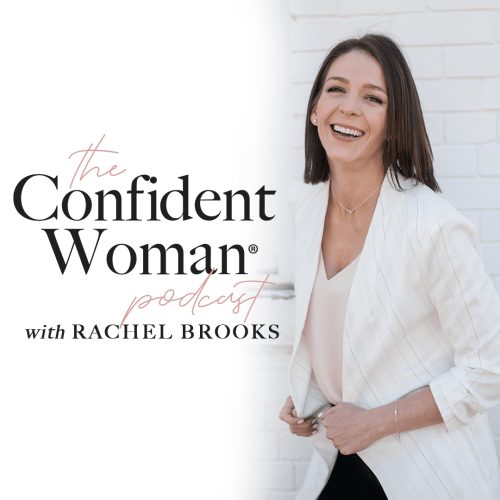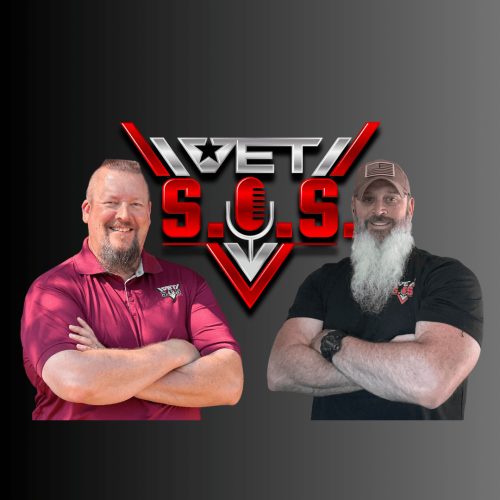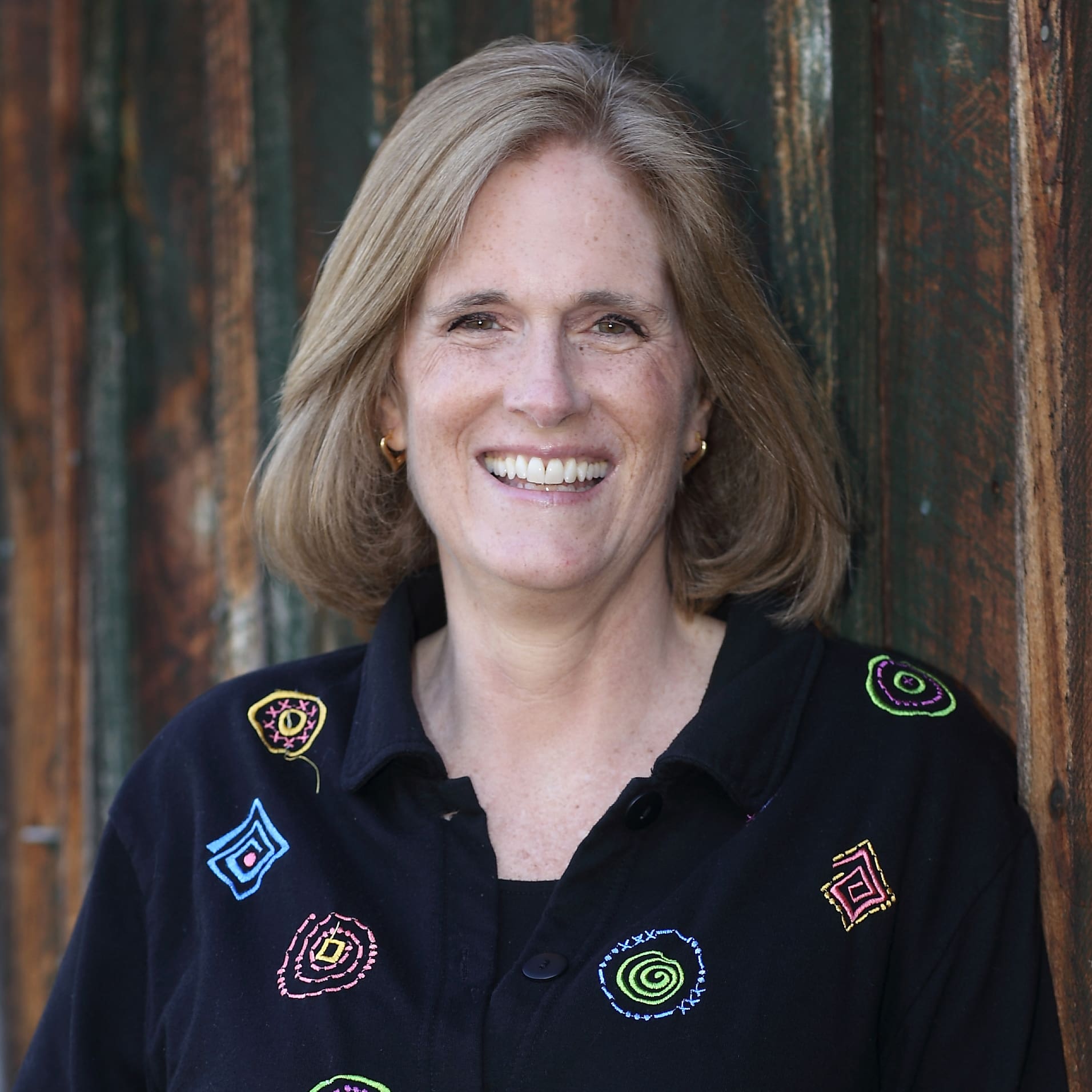Clothing for Disabled Seniors
Navigating the golden years should be done with grace, comfort, and style—principles that hold even truer for disabled seniors. The act of dressing, often seen as a simple daily routine, can present significant challenges for those living with disabilities. It’s not just about what to wear but how clothing can enhance a senior’s quality of life by addressing practical needs without overlooking personal style and dignity.
As we age, we accumulate plenty of wear and tear on the body, from both physical injuries as well as new chronic conditions that may impact our daily life. That’s why there are so many older adults currently living with disabilities. It’s not emotionally easy to come to terms with your own Aging and changing body, and how that may impact you on a daily basis. But there are a ton of resources and tools available to improve daily living. This article is going to dive into the world of clothing for disabled seniors and provide a guide to managing pain and mobility limitations through adaptive clothing.
Clothing Requirements for Disabled Seniors
In the world of adaptive clothing, functionality meets fashion to cater to the unique needs of disabled seniors. From mobility challenges to skin sensitivities, each aspect requires careful consideration.
Mobility Challenges
Mobility issues significantly impact clothing choices. Adaptive clothing, designed for ease of use, can make a substantial difference. For those who experience pain, discomfort or unable to perform the physical tasks of dressing, adaptive clothing can help. Adaptive clothes are modified to make dressing easier, safe and more pain-free.
Features such as magnetic buttons, zippers and Velcro closures allow for easier access and greater independence. These modifications help seniors with disabilities dress more easily, whether they’re dealing with arthritis, limited range of motion, or other mobility challenges. Whether you are living with arthritis or minor tremors and just need a slight clothing modification to ensure easy dressing, or you are someone who requires dressing assistance from another person, there are a large range of adaptive clothing, all with different use cases that help a huge range of people.
Comfortable & Soft Fabrics
As we age, our skin becomes more sensitive and prone to irritation. For disabled seniors, this issue is compounded by the need for clothing that doesn’t aggravate their condition. Fabrics should be soft, breathable, and made from natural fibers to minimize discomfort and prevent allergic reactions. Moreover, materials that wick away moisture are crucial for maintaining skin integrity, especially for those who may spend extended periods in the same position. So clothing with blends that include options like Polyester and Spandex will provide both breathability and an added element of stretch that makes it easier to dress and wear the clothes.
Clothing for Seated & Bed-Ridden Seniors
Seniors who spend a lot of time seated or in bed face additional challenges, such as the risk of pressure sores and the discomfort of sweating. Quality adaptive clothing addresses these issues with features designed to enhance comfort and prevent health complications. For instance, seamless clothes or garments with strategic padding can help distribute pressure more evenly and reduce the risk of sores.
Additionally, some adaptive clothing is modified to make add-day sitting more comfortable and aesthetically pleasing. For example, clothes that sit higher on the waist are more comfortable for those who spend a lot of time seated. Similarly, pants with shorter leg lengths, and shirts that are shorter will also look better when seated. Even adjusting the location of pockets can make accessing them easier when in a wheelchair.
Open-Back & Magnetic Buttons
Dressing can be a frustrating and time-consuming process for those with limited mobility. But for others, dressing might be completely impossible. Whether you are someone recovering for shoulder surgery, living with cognitive changes like dementia that impact independent dressing, or you have significant mobility limitations, open-back shirts are designed to make assisted dressing easier and safer.
- Open-back garments, as the same suggests, opens in the back, like a hospital gown. This allows the wearer to dress without having to raise their arms or squeeze their head into a hole. Secured with a series of snaps along the shirt’s side seam, the wearer will be fully covered.
- Shirts with magnetic buttons better facilitate independent dressing. Unlike open-back shirts that are designed to ease assisted dressing, shirts with magnetic buttons will make independent dressing easier. Magnets are much easier to secure compared to buttons, allowing those with limited strength, dexterity and mobility to dress on their own.
Personal Hygiene
Maintaining personal hygiene is paramount for seniors with disabilities, but traditional clothing can make it challenging. Adaptive clothing often includes easy-access features for changing incontinence products or bathing without full undressing, simplifying hygiene routines and reducing the risk of skin infections.
Colors and Personal Style
Personal style doesn’t diminish with age or disability. Seniors deserve to express themselves through their clothing choices, with colors and designs that reflect their personality. Adaptive clothing lines increasingly offer a range of styles, ensuring that seniors don’t have to sacrifice their personal style for functionality. It’s so important for aging adults to love the clothes they wear and to have clothing options that reflect their identity.
Benefits of Adaptive Clothing for Disabled Seniors
Adaptive clothing offers numerous advantages, making daily life easier and more dignified for disabled seniors.
Adaptive for Specific Needs
From garments designed for wheelchair users to clothing tailored for those with sensory sensitivities, adaptive clothing caters to the specific needs of its wearers, ensuring that they can dress comfortably and safely.
Provides Safety
Features like non-slip socks and shoes, along with secure yet easy-to-use closures, minimize the risk of falls and injuries, promoting a safer living environment. Many injuries of older adults occur when getting dressed and using the bathroom. Additionally, caregivers and family members who help a loved one get dressed often put their own bodies at risk as they bend and lift during the dressing process. Adaptive clothes make dressing safer not only for the person wearing the clothes, but also for those who help them dress.
Easy for Assisted Dressing
For seniors who require assistance with dressing, adaptive clothing can simplify the process, reducing the physical strain on both the individual and their caregiver. This ease of dressing promotes a more positive and dignified care experience. Adaptive clothing can significantly reduce the risk of injuries during the assisted dressing process. It will reduce the time it takes to get dressed. And adaptive clothing will reduce the amount of uncomfortable, awkward and undignified positions the wearer needs to be in.
Suitable for Nursing Homes
In nursing home settings, where staff may need to assist multiple residents, adaptive clothing can significantly streamline dressing routines, enhancing the efficiency of care and the comfort of residents.
Conclusion
Adaptive clothing for disabled seniors is more than just apparel. It’s a key component of a supportive and respectful care strategy that acknowledges the individual’s needs and preferences. By choosing adaptive clothing, caregivers and seniors alike can navigate the challenges of dressing with dignity, ensuring that every day is met with comfort, safety, and a touch of personal style. This approach to senior care clothing not only respects the individual’s autonomy but also enhances their overall well-being and quality of life.























